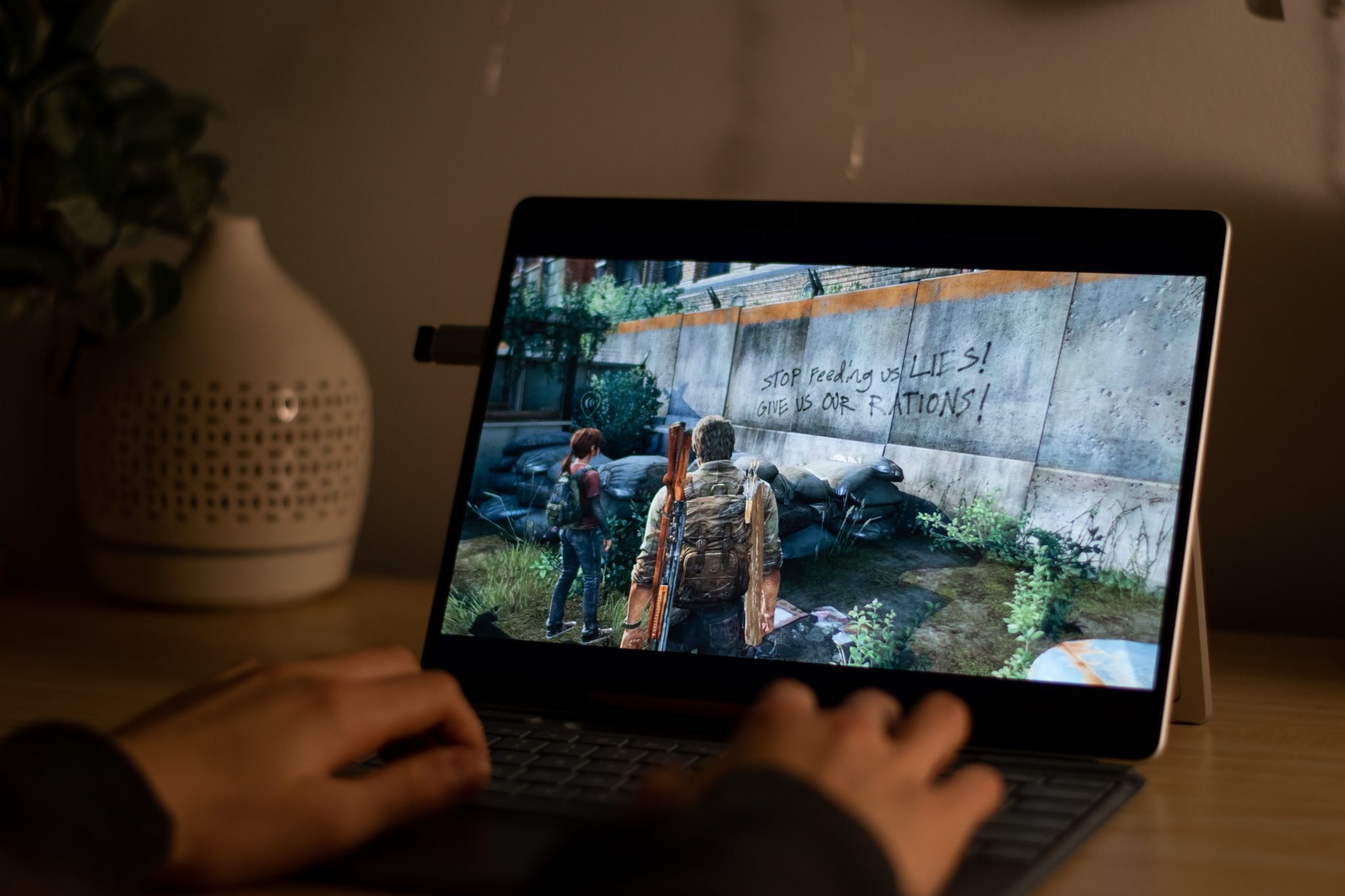Views expressed in opinion columns are the author’s own.
A specific game development and design concentration at the University of Maryland is just like the presence of the PlayStation 5 a few months ago: almost nowhere to be found.
Gaming degrees are on the rise. The game design and development industry is booming. With projections as high as 73.8 percent in global industry growth, this field continues to take off as companies revolutionize gaming as we know it.
Across the Washington metro area region, there are several programs dedicated to educating students on the many facets of game design and development. Yet, somehow, this university does not have similar programs. There is no major, minor, certification or concentration to support undergraduate students who may be interested in taking this route.
As it stands, if students at this university want to propel themselves into the industry, one of their best options is to pursue a computer science degree and work on personal side projects. However, this places too much effort on the students to work and learn independently, potentially causing them to lose large amounts of time and money.
But it doesn’t have to be this way.
There should be a bachelor’s degree in game development and design offered at this university. Adding interdisciplinary game development and game design concentrations to the already existing — and highly ranked — computer science major would not only appeal to an industry with a growing demand, but it would also support students with a specialized education that highlights their interests.
It is important to first distinguish game design and game development from each other. While they are interconnected and often go hand-in-hand in creating a game, there are subtle differences. Game design edges toward the appearance of the game: its animation, aesthetics and art. Game development focuses a bit more on the mechanisms of the game, leaning into computer science and programming.
The university’s computer science major already has quite a number of tracks for students to follow. However, given the breadth of game development and design and their unique traits, creating an interdisciplinary concentration for each of them might prove more beneficial and explorative for students. A specific concentration could help optimize a student’s skills to better suit their dream job and open them up to influential research opportunities.
This university already has great options for interdisciplinary concentrations. One example is the range of options for the environmental science and policy program, with 12 concentrations each delving into various aspects of the major.
In developing a gaming curriculum, we can follow this model. For example, under the computer science major, there could be a game design concentration within the arts and humanities college. Based within the art department, this concentration — coupled with the foundational courses of the computer science degree — could immerse students into the art, animation and creative side of creating a game. With game development, a collaboration with the information studies college may be fruitful in preparing students to work within and revolutionize digital and online spaces today.
Specialized programs such as these would allow students to reap the benefits of a bachelor’s degree in computer science, while still receiving a personalized, robust and niche education. Additionally, these programs could provide students with many marketable skills that stretch into many modern careers that value such technical skills in the digitized landscape we live in today.
Currently, this university only offers one course strongly related to gaming, CMSC425: Game Programming. This is quite surprising given the outlook for the field, and I believe enhancing what we have right now will uphold the ranks this university has sustained in technology, innovation and research. For a university that is world-renowned for its research output, it must continue to stay on the trends of the field.
Furthermore, adding more niche programs such as game design and development could prove rewarding for jobs and internships. Our location is a prosperous area for this career, especially with major companies such as Bethesda Softworks.
With the prestige of this university, it is not unreasonable to suspect that such programs could draw in more funding and internship opportunities. The grand job outlook for this field could mean major companies may invest in students to become their future employees.
This university is lagging. As a nationally ranked computer science school, advancing this program in innovative ways would help cement this status for years to come. We should jump at the opportunity to build this into something with the potential to be progressive, renowned and gratifying for everyone involved.
Vrisha Sookraj is a junior psychology major. She can be reached at vsookraj@terpmail.umd.edu.



